The pristine wilderness of Antarctica has long been a bucket-list destination for intrepid travelers, but new regulations are set to dramatically alter the way visitors experience the frozen continent. In a move aimed at preserving the fragile ecosystem, authorities have announced that the daily landing limit for cruise ship passengers will be reduced to just 75 people per vessel. This sweeping change represents a significant departure from previous practices and is sending shockwaves through the polar tourism industry.
The decision comes after years of mounting pressure from environmental groups who have warned that the increasing foot traffic in Antarctica's delicate habitats could cause irreversible damage. Scientists have documented disturbing signs of stress on penguin colonies and other wildlife populations in areas with heavy tourist activity. While the Antarctic Treaty System had previously established guidelines for sustainable tourism, many experts argued these measures didn't go far enough to protect the world's last great wilderness.
Under the new framework, which will take effect in the 2024-2025 season, cruise operators must implement strict rotation systems to ensure no single site receives more than the allotted number of visitors each day. This means that ships carrying hundreds of passengers will need to stagger landings over multiple days or limit shore excursions to smaller groups. The regulations apply to all landing sites across the Antarctic Peninsula, South Shetland Islands, and other frequently visited areas.
Industry leaders have expressed mixed reactions to the announcement. While most operators acknowledge the need for environmental protection, many are concerned about the logistical and financial implications. Smaller expedition companies specializing in low-impact tourism appear better positioned to adapt, as their vessels typically carry fewer than 100 passengers. However, larger cruise lines that have invested in ice-class ships capable of transporting 500 or more visitors face substantial operational challenges.
The changes will undoubtedly create a more exclusive experience for those who can secure a spot on Antarctic voyages. With demand for polar travel continuing to grow, the reduced capacity is expected to drive up prices significantly. Some industry analysts predict that the cost of an Antarctic cruise could increase by 30-40% as operators adjust to the new economic reality of fewer daily landings.
Environmental scientists have largely praised the move, though some argue even stricter measures may eventually be necessary. Research has shown that human presence in Antarctica - even when carefully managed - can disturb wildlife, introduce invasive species, and contribute to pollution. The 75-person limit represents a compromise between conservation needs and the economic realities of operating in one of the planet's most remote regions.
For travelers dreaming of visiting Antarctica, the new regulations mean planning ahead has become more crucial than ever. Expedition cruise operators are already reporting increased interest for future seasons, with many departures expected to sell out quickly. The changes may also shift the focus of Antarctic tourism from quantity to quality, with operators likely to enhance their educational programs and invest in more specialized guides to justify higher prices.
The implementation of these rules marks a turning point for polar tourism, reflecting growing global awareness about the need to protect vulnerable ecosystems. As climate change continues to transform Antarctica's landscapes, the reduced human footprint from tourism could help give native species a better chance at adaptation. While the new limits may disappoint some would-be visitors, they represent an important step toward ensuring this extraordinary wilderness remains for future generations to experience and study.
Beyond the passenger limits, the updated regulations include stricter biosecurity protocols and enhanced monitoring requirements. All visitors will need to undergo more thorough decontamination procedures to prevent the introduction of foreign organisms, and cruise operators must submit detailed itineraries for approval well in advance. These measures aim to create a more sustainable model for Antarctic tourism that balances access with preservation.
The long-term effects of these changes remain to be seen, but one thing is certain: the era of mass tourism in Antarctica is coming to an end. As regulations tighten and awareness grows, the White Continent may return to being the exclusive domain of scientists and the most dedicated adventurers - much as it was before the rise of expedition cruising. For those fortunate enough to visit under the new system, the experience promises to be even more special, knowing they're part of a carefully managed effort to protect this global treasure.
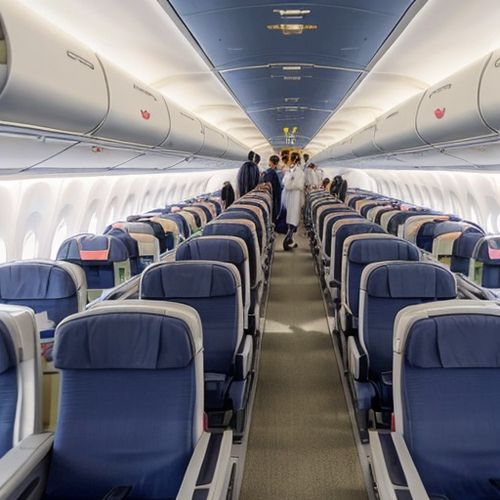
By Lily Simpson/Apr 6, 2025
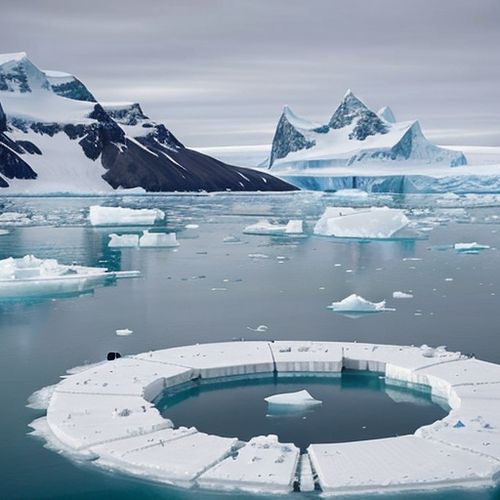
By William Miller/Apr 6, 2025
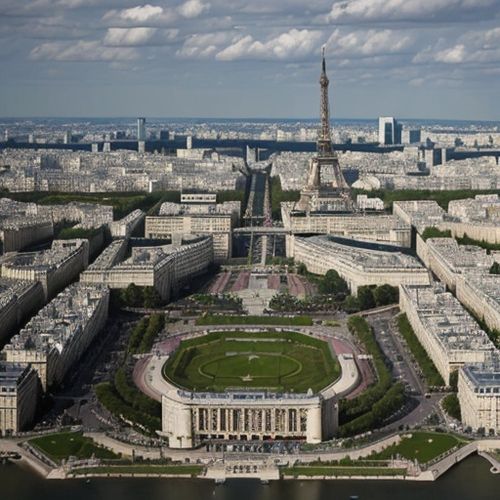
By Joshua Howard/Apr 6, 2025

By Christopher Harris/Apr 6, 2025
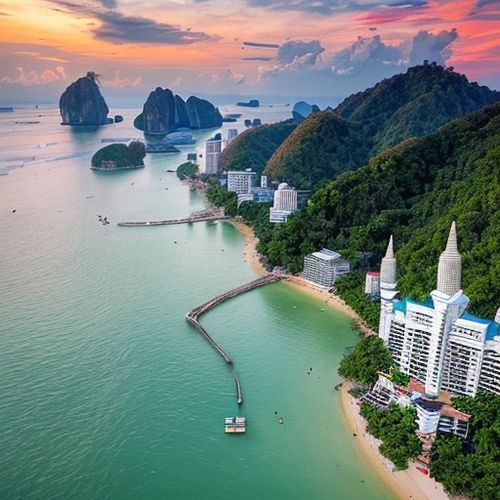
By Jessica Lee/Apr 6, 2025

By Benjamin Evans/Apr 6, 2025

By Michael Brown/Apr 6, 2025

By Olivia Reed/Apr 6, 2025

By Victoria Gonzalez/Apr 6, 2025
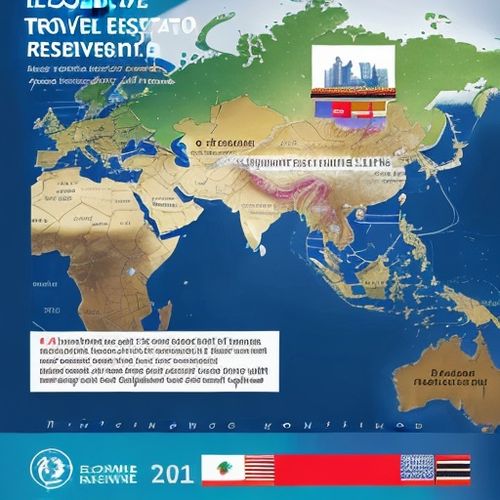
By Christopher Harris/Apr 6, 2025
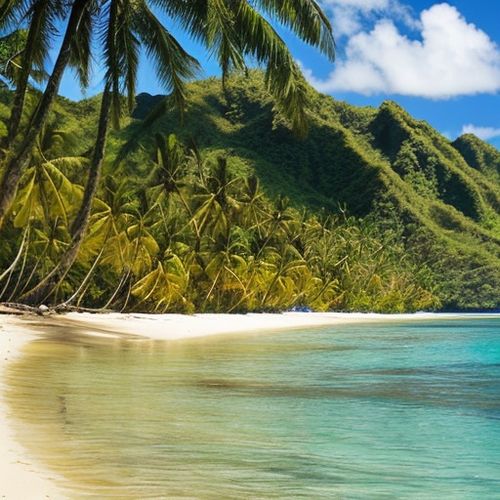
By Emily Johnson/Mar 31, 2025

By Emily Johnson/Mar 31, 2025
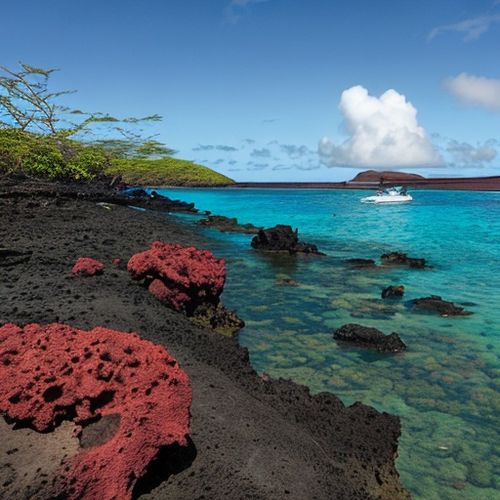
By John Smith/Mar 31, 2025

By Emily Johnson/Mar 31, 2025

By Amanda Phillips/Mar 31, 2025
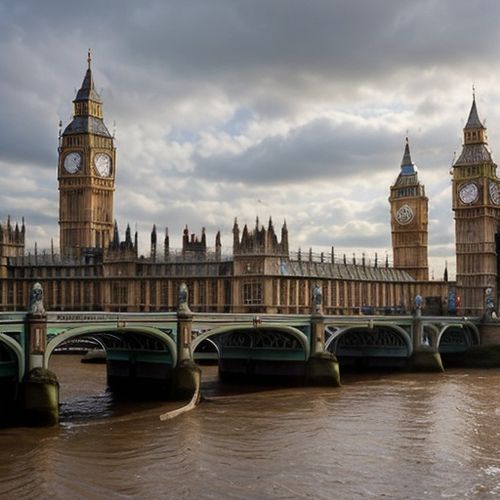
By Victoria Gonzalez/Mar 31, 2025
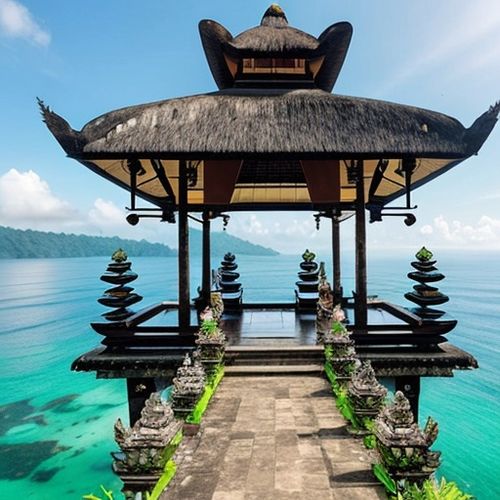
By Noah Bell/Mar 31, 2025

By Sarah Davis/Mar 31, 2025

By Laura Wilson/Mar 31, 2025

By Sarah Davis/Mar 31, 2025